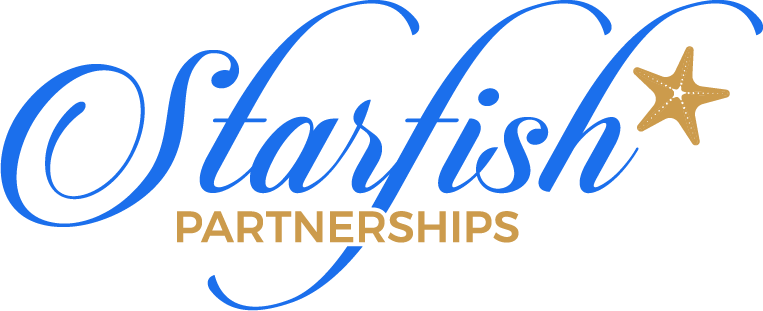Board Excellence
In order to maximize the effectiveness of your board and ensure they are working in tandem with the chamber's goals, it is crucial to be upfront about expectations and provide adequate training. This approach can help prevent misunderstandings and foster a more collaborative relationship between the board, staff, and members.
Here are some tips:
Clearly outline the role of the board: Define the board's responsibilities, decision-making process, and expectations, ensuring alignment with the chamber's mission and goals.
Conduct annual board training: Provide ongoing education on governance, chamber operations, and best practices to empower board members to fulfill their roles effectively.
Foster open communication: Encourage transparency and dialogue between the board, staff, and members to address issues proactively and prevent misunderstandings.
Set clear expectations for board engagement: Establish attendance requirements, participation in chamber events, and active involvement in committees or initiatives.
Ensure mission align alignment with chamber objectives and goals: Ensure that board initiatives and decisions support the chamber's strategic priorities and long-term sustainability.
By clearly defining the role of the board and regularly providing training on governance and chamber operations, board members can better understand their responsibilities and how they can contribute to the chamber's success. Additionally, fostering open communication and setting clear expectations for board engagement can help align board goals with the chamber's objectives, ensuring that decisions and initiatives are in line with the organization's overall mission and vision.
